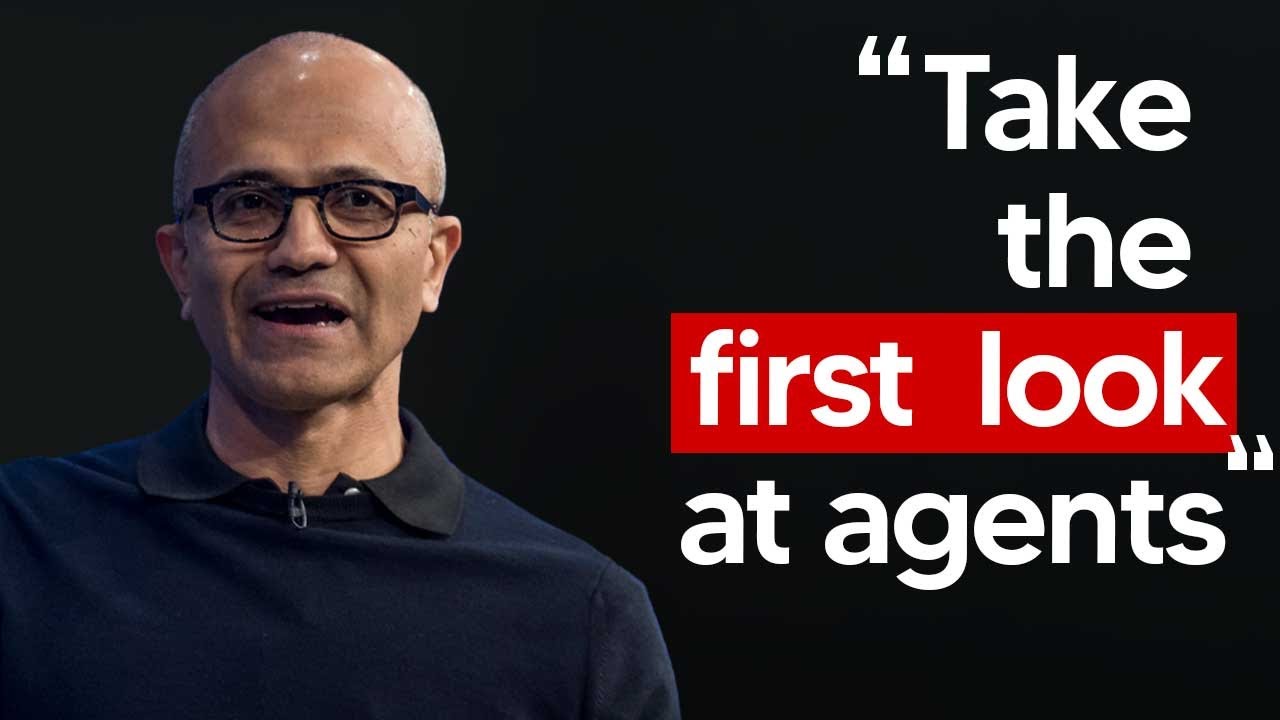In a recent presentation, Satya Nadella showcased how Microsoft’s Co-Pilot Studio enables users to easily create AI agents with a low-code, no-code approach, allowing for seamless integration into workflows. He emphasized the transformative potential of these agents in enhancing productivity and efficiency by autonomously managing tasks while still requiring human oversight for exceptions.
In a recent presentation by Satya Nadella at the AI tour in London, he demonstrated the simplicity of creating AI agents using Microsoft’s Co-Pilot Studio. By providing a system prompt and directing the agent to relevant data sources, such as SharePoint and Dynamics, users can easily build a field service agent that can engage in conversations similar to those with traditional Co-Pilot interactions. This process is likened to creating an Excel spreadsheet, emphasizing the low-code, no-code approach that makes AI agent development accessible to a broader audience.
Nadella elaborated on the future of work, highlighting how AI agents will possess reasoning, planning, and memory capabilities. This integration of AI into everyday tasks will create a rich environment where personal and organizational agents can collaborate effectively. The concept of an “agentic world” is introduced, where AI agents enhance existing digital infrastructures and tools, ultimately transforming workflows and collaboration in various contexts.
Co-Pilot is positioned as the user interface for AI, serving as a bridge between users and the autonomous agents that will increasingly handle tasks. Nadella explained that just as PCs and smartphones revolutionized user interaction with technology, Co-Pilot will facilitate seamless integration of AI into daily workflows. This new interface will allow users to interact with AI agents, which will autonomously manage tasks while still requiring human oversight for exceptions and permissions.
The presentation also showcased a practical example of an AI agent processing incoming emails from prospective clients. The agent autonomously parsed the email, identified the relevant information, and drafted a response for the appropriate partner within the firm. This demonstration illustrated the agent’s ability to navigate the complexities of human communication and highlighted the potential for significant efficiency gains in handling client engagements.
Finally, Nadella emphasized the ease of creating such agents using Co-Pilot Studio, where users can set triggers and define actions in natural language. The agent’s ability to scale and manage multiple engagements simultaneously was showcased, along with its need for occasional human intervention when faced with challenges. The overall vision presented is one of a future where AI agents streamline processes across industries, significantly reducing administrative overhead and enhancing productivity.
